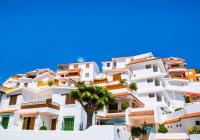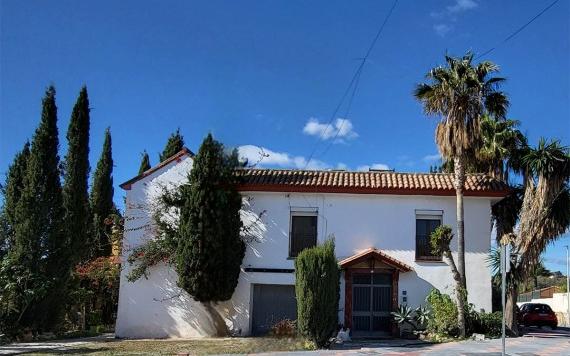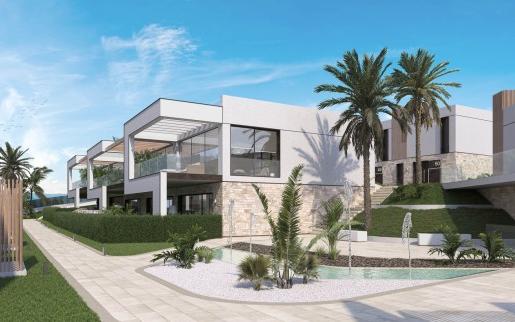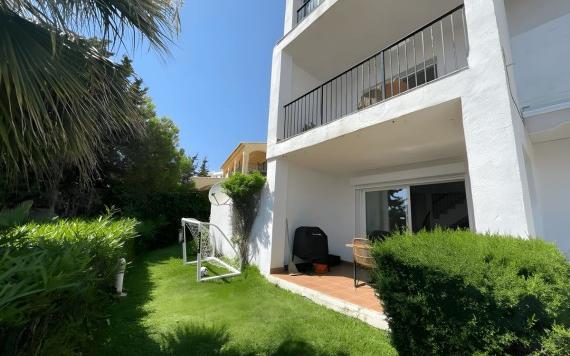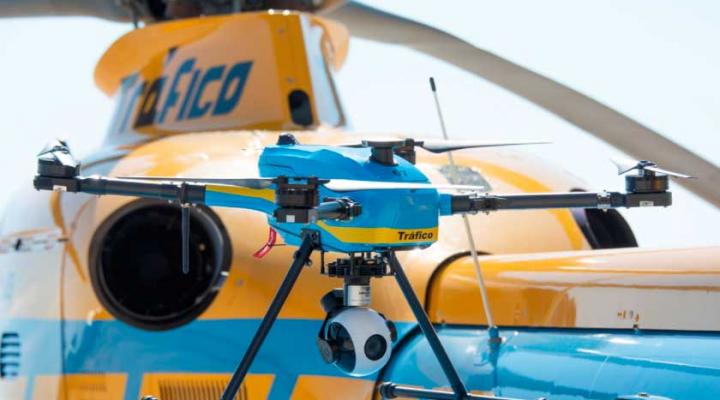
If you're driving in Spain this summer, either because you live in the country or because your visiting Spain for the holiday, then it will be more important than ever to follow the rules of the road and stick to the speed limits. This is because the DGT (the Road Traffic Authority in Spain) has announced that throughout this summer they will deploy 39 drones to monitor drivers across the country.
Here’s everything we know about this new policy and what it means for you:
The DGT Deploys 39 Drones
In 2020 the DGT deployed 11 drones to monitor motorists in Spain. This trial scheme proved to be such a success that this year they are adding an additional 28 drones to their roster: 39 drones in total will be positioned strategically across the country in order to monitor motorists and report back to the 12 traffic helicopters that they will be supporting. These traffic helicopters report to the Civil Guards, via their traffic sector.
The drones have been manufactured in Spain, and they were first introduced to the country in May 2018, where they spent a year patrolling the skies in ‘test mode’. By August 2019, these same drones were introduced officially, in order to detect traffic infringements and provide essential surveillance information. The Spanish Minister of the Interior attended a demonstration of the drones in action at the beginning of the month, and their introduction has been officially confirmed.
In order to operate the drones, the DGT has employed 35 highly skilled drone pilots and 60 additional personnel who are trained to operate the cameras and manipulate the images that the drone records. The drones will operate at heights of 120 metres, and can be deployed in temperatures between 20 and 45 degrees. Impressively, they can reach speeds of up to 80km per hour.
What Are the Drones For?
The intention is that the drones be used for a series of different purposes. These include:
- Detecting and preventing reckless driving and speeding offences
- Monitoring traffic levels in areas that are known to be high-risk accident zones
- Surveying roads that have higher than average levels of vulnerable road users, such as motorcyclists, cyclists and pedestrians.
- Monitoring and supporting traffic regulations during special events or holidays where traffic levels will surge
- Assisting the traffic helicopters in their missions, particularly during emergency situations that could have a significant impact on the safety of road users.
How Safe are The Drones?
The drones have been vigorously safety tested, and those in charge of operating them have undergone extensive training. The DGT is accredited by the State Agency for Aviation Safety as an operator of remotely piloted aircraft systems and the DGT helicopter unit is a pilot training operation for the distribution of basic and advanced certificates for piloting drones. Regardless of how you feel about the use of drones politically, therefore, you can rest assured that the highest safety standards are being adhered to in terms of their use.
Where Will the Drones Be Deployed?
Each of the 39 drones will be distributed across the country. The only regions that will not have access to the drones are Catalonia and the Basque country. This is because these two regions have transferred powers, and have opted not to use the drone system for their traffic control.
The 39 drones which were designed and manufactured in Spain, will be scattered across the whole of the country, except for in Catalonia and the Basque country, as these communities have transferred powers. Each of the following DGT helicopter patrols will be allocated two drones in order to support them on their local missions: A Coruna, Malaga, Sevilla, Valladolid, Valencia and Zaragoza. Asturias, Cantabria and Extremadura will also have two drones each. The central base of the DGT helicopter patrols will have 15 drones. These will be responsible for monitoring both the Community of Madrid and Castilla la Mancha, as well as supporting other regions, as and when this is needed. The final six drones will go the Balearic and the Canary Island, who will have three drones each to monitor any local traffic issues.
Are you thinking of taking the plunge and moving to Spain? Don’t let the traffic regulations put you off: there’s plenty of wonderful reasons to make this beautiful country your home! Why not let our local property experts help you with your property search: get in touch today. We’re perfectly placed to help you turn your dreams of Spanish homeownership into a reality.

 English
English Español
Español Deutsch
Deutsch Français
Français Svenska
Svenska Nederlands
Nederlands Italiano
Italiano Norsk
Norsk Русский
Русский























